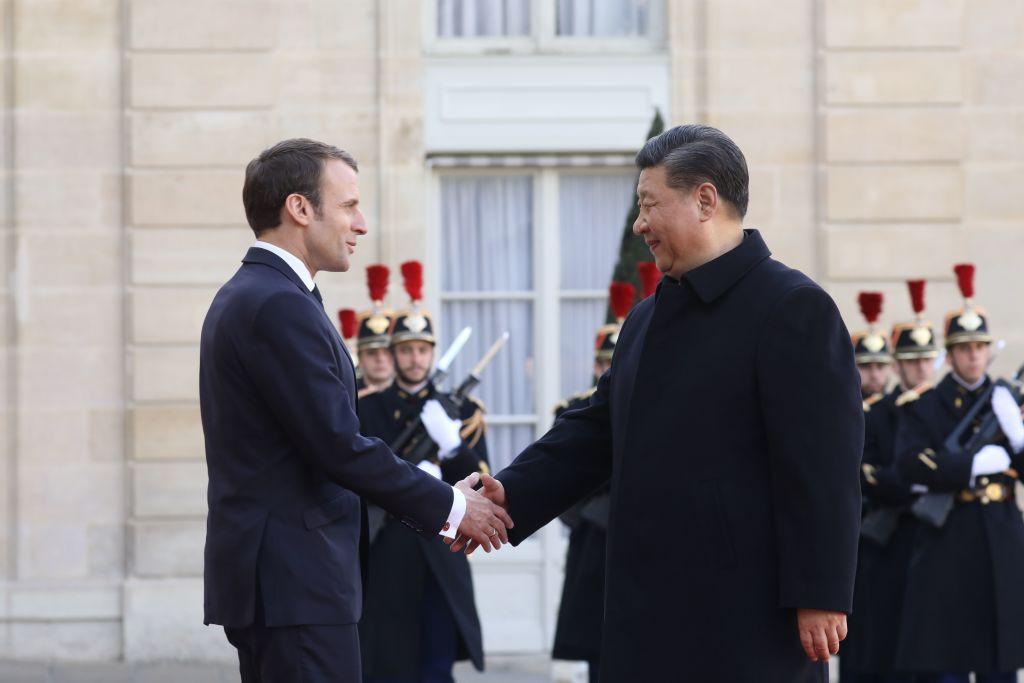Commentary
When the Chinese Communist Party (CCP) launched its takeover of China after World War II, its then-leader Mao Zedong devised a unique strategy: “Surround the city with the countryside.”

When the Chinese Communist Party (CCP) launched its takeover of China after World War II, its then-leader Mao Zedong devised a unique strategy: “Surround the city with the countryside.”